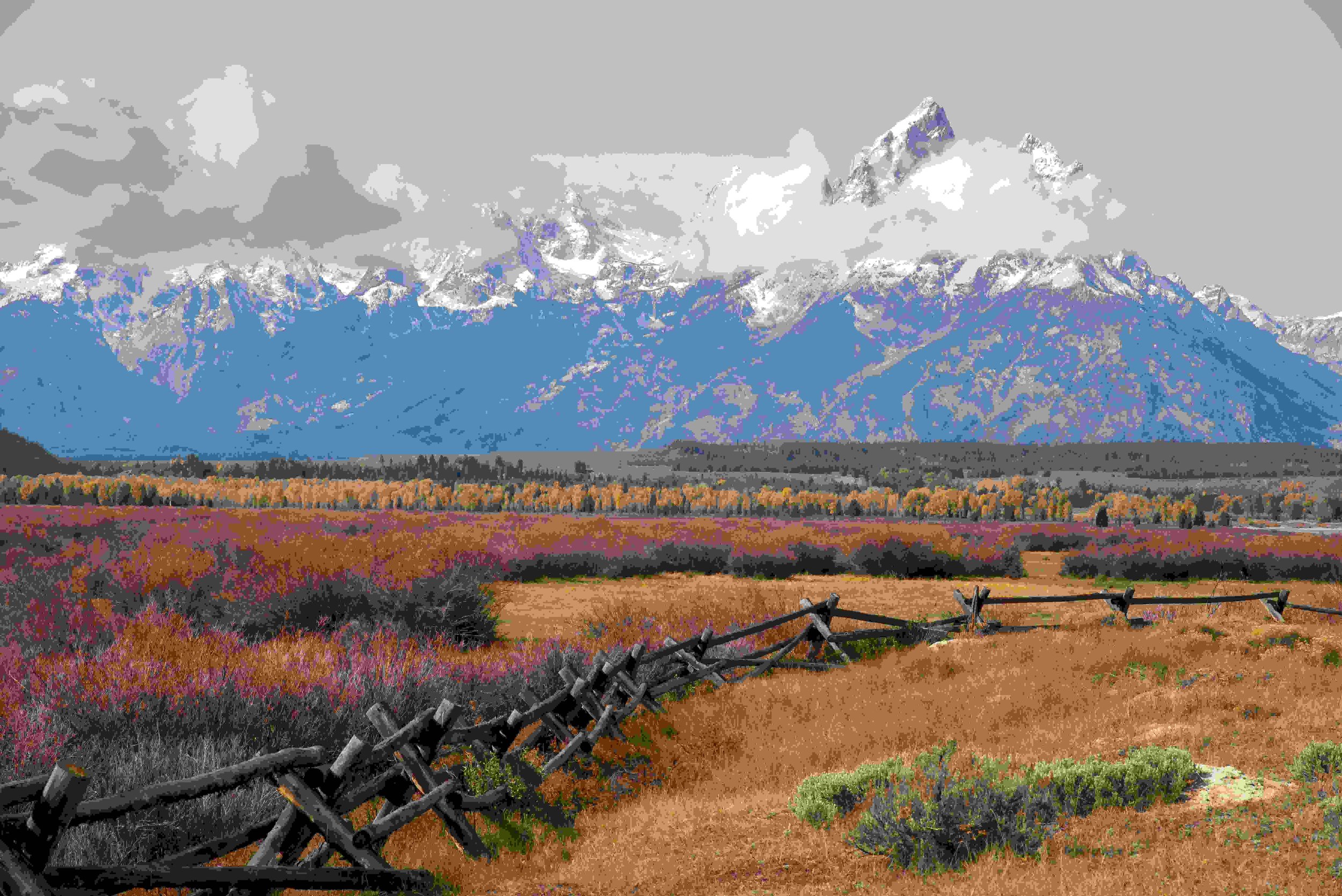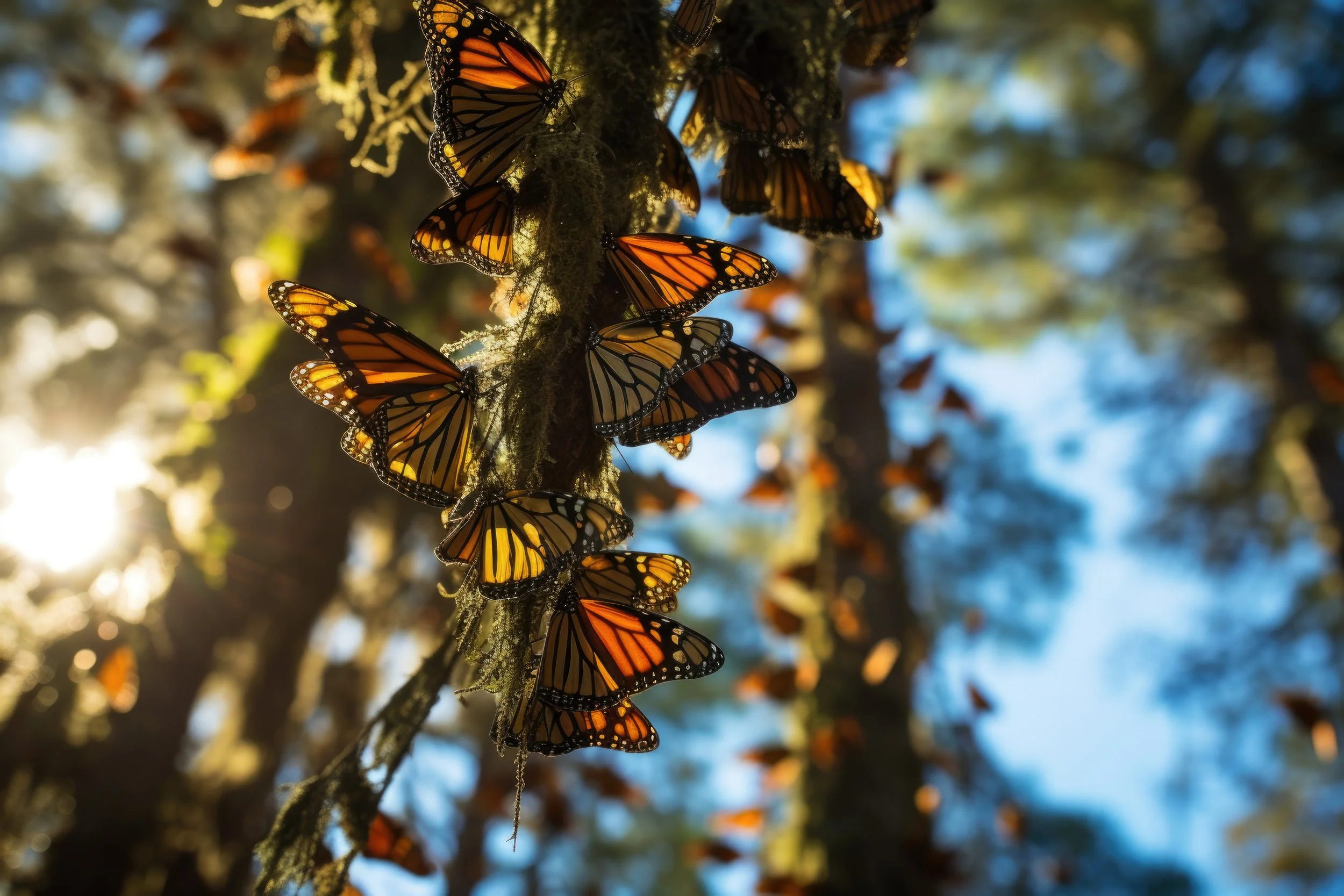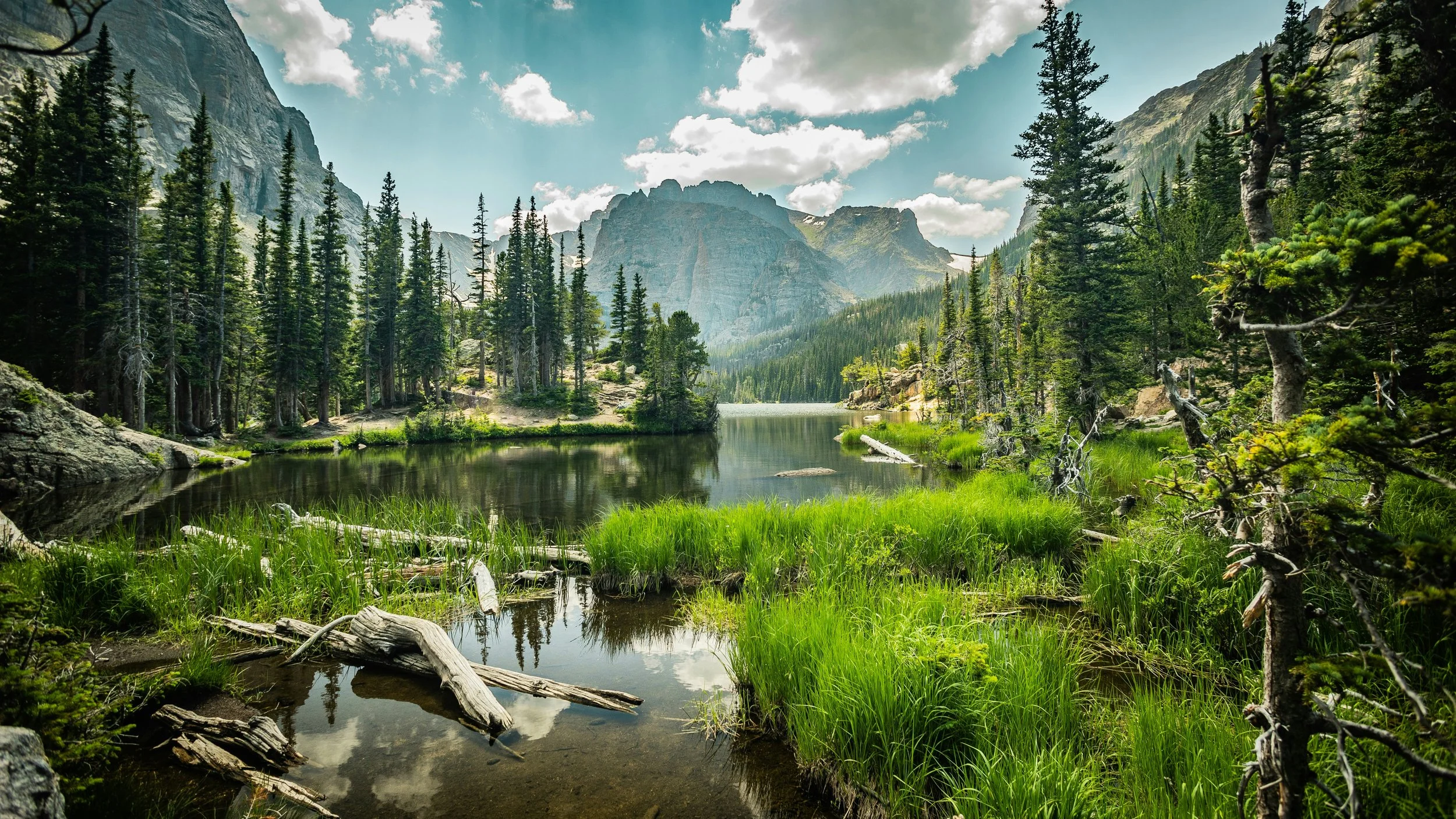Exploring the Legalities of Scattering Ashes in Public Spaces
Scattering ashes is a deeply personal and meaningful way to honor a loved one after they’ve passed away. Whether it’s at a serene beach, a tranquil forest, or a picturesque national park, many families choose to scatter their loved one’s ashes in public spaces that hold significance. However, before doing so, it’s essential to understand the legalities surrounding this practice.
While scattering ashes is generally allowed in many public areas, there are rules and regulations that need to be followed. The regulations can vary significantly depending on the location, and it’s crucial to understand what’s permitted to avoid any legal complications and ensure that the ceremony is carried out with the utmost respect.
In this article, we’ll explore the key legal considerations for scattering ashes in public spaces and offer some practical advice to help guide you through the process.
Regulations Vary by Location
The first thing to understand is that the rules governing the scattering of ashes can vary depending on the location. National parks, nature reserves, beaches, and other public spaces may have specific rules about where and how ashes can be scattered. For example:
National Parks: While national parks can be a stunning place to scatter ashes, they often require a permit. For example, the National Park Service (NPS) has guidelines that require permits for scattering ashes in national parks. These permits help ensure that the scattering is done responsibly and does not disrupt the environment. The ashes must also be scattered in designated areas, and certain parks may have restrictions on where ashes can be scattered due to environmental concerns.
Beaches and Coastal Areas: In many places, scattering ashes at sea is allowed, but it is subject to certain regulations. For example, the EPA (Environmental Protection Agency) requires that ashes be scattered at least three nautical miles from shore in U.S. waters. It’s also important to note that some beaches may have local laws that restrict the scattering of ashes to protect the environment or maintain public order.
Public Parks and Forests: Scattering ashes in public parks is allowed in many areas, but it’s important to check with local authorities for any restrictions. Many cities and states have rules regarding the scattering of ashes in public parks to prevent environmental contamination, keep public spaces clean, and ensure that the area is respectful of others who may use the park.
Obtain the Necessary Permits
One of the most common requirements for scattering ashes in public spaces is obtaining the proper permits. Permits are typically required in places like national parks, beaches, and other protected areas. In general, these permits help manage the activity to ensure that it is done respectfully, responsibly, and with minimal environmental impact.
National Parks and Protected Areas: For instance, if you are planning to scatter ashes in a national park, you will most likely need to apply for a permit through the National Park Service. These permits are usually straightforward to obtain, but it’s important to submit the application well in advance, as some parks may have limited availability for this type of activity.
State Parks and Other Public Spaces: Many state parks also require permits for ash scattering. Some parks may allow scattering without a permit if done discreetly in an area where it does not interfere with park activities or disturb other visitors.
Beaches and Waterways: If you’re considering scattering ashes at sea, the EPA requires that you inform them of the event within 30 days, though the actual scattering must be done at least three nautical miles offshore. While some coastal municipalities may have their own rules or restrictions, generally, the scattering of ashes is allowed in U.S. waters if it adheres to these EPA guidelines.
Environmental Considerations
Another important factor in the legalities of scattering ashes is the environmental impact. Public spaces like beaches, parks, and waterways are often delicate ecosystems, and scattering ashes can potentially affect the surrounding environment. Many regulations have been put in place to ensure that this act of remembrance does not harm local wildlife or disrupt the natural beauty of these spaces.
Impact on Wildlife and Ecosystems: While cremation ashes are generally considered safe for the environment, the specific location and the way the ashes are scattered can affect the surrounding ecosystem. For example, certain areas may have fragile plant life or wildlife that could be impacted by the ash scattering. In these cases, local authorities may request that the ashes be scattered in a designated location, such as a specific area of the park or beach, to avoid disturbing sensitive habitats.
Biodegradable Urns: If you are scattering ashes in natural spaces, consider using a biodegradable urn, which helps minimize the environmental impact. These urns break down over time and allow the ashes to naturally integrate into the environment, creating a lasting tribute without disrupting the ecosystem.
Respect for Other Visitors
In addition to environmental concerns, it’s important to consider the impact that an ash scattering ceremony may have on other visitors to public spaces. Not all people may be comfortable with the idea of scattering ashes in public areas, and it’s important to be respectful of other people’s experience in these spaces. For example:
Public Beaches: While scattering ashes in the ocean is generally allowed, it’s important to ensure that the ceremony is discreet and respectful of others. If you’re on a popular beach, consider timing the ceremony for off-peak hours, such as early morning or evening, to avoid disturbing other beachgoers.
Public Parks: In public parks or recreation areas, it’s a good idea to consider a less crowded spot to ensure that you’re not disturbing other visitors. Keep in mind that some parks may have restrictions on ceremonies or gatherings that involve ashes, so checking with local authorities beforehand can help ensure that the ceremony goes smoothly.
Consult with a Professional
Given the complexity of the legalities surrounding the scattering of ashes in public spaces, many families choose to work with a professional service, such as BONAVENTURE, which specializes in unaccompanied ash scattering. These services can help navigate the legalities, permits, and logistics involved, ensuring that the ceremony is carried out with dignity, respect, and full compliance with local laws.
Honor with Respect and Care
Scattering ashes in public spaces is a deeply meaningful way to honor a loved one’s life, but it’s important to ensure that the ceremony is conducted with respect for both the environment and other people. By understanding the legal requirements, obtaining necessary permits, and being mindful of environmental and social considerations, you can create a beautiful, respectful tribute that honors your loved one in a public space they cherished.
If you are considering a destination ash scattering ceremony, BONAVENTURE can help you navigate all legal requirements and logistics, ensuring a seamless and stress-free experience. Let us handle the details, so you can focus on honoring your loved one in a meaningful way. Contact us today to learn more about our unaccompanied ash scattering services.






























Scattering ashes is more than a ritual — it’s a way to honor a life, express love, and create a final connection.
Learn why families choose to combine ashes, along with some guided insights on this meaningful gesture.